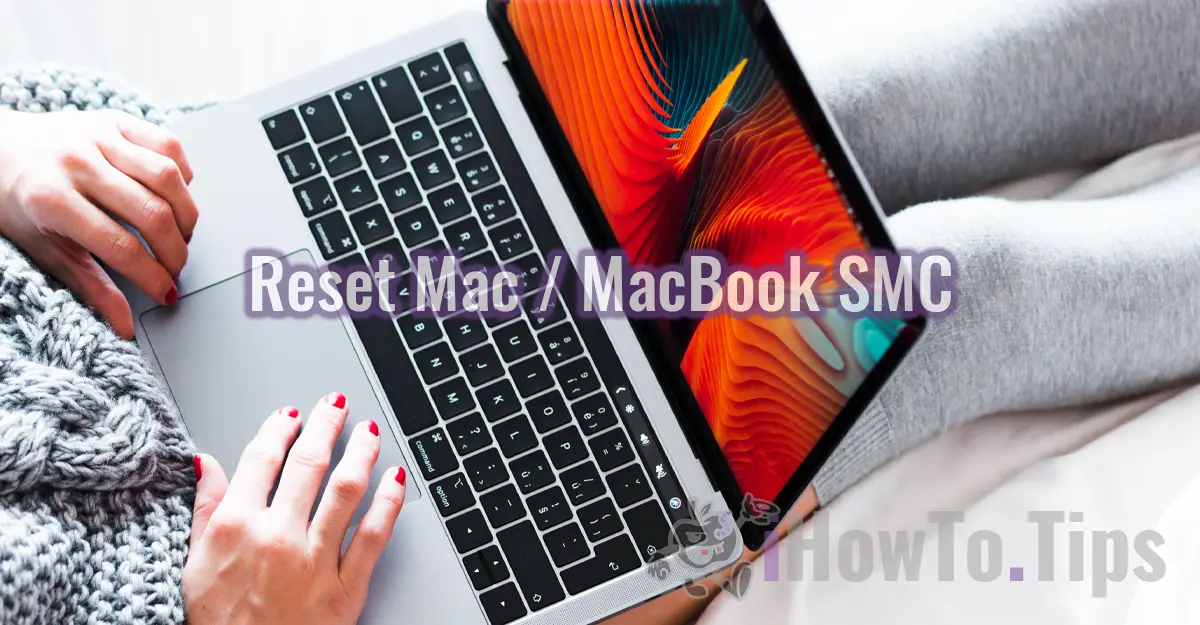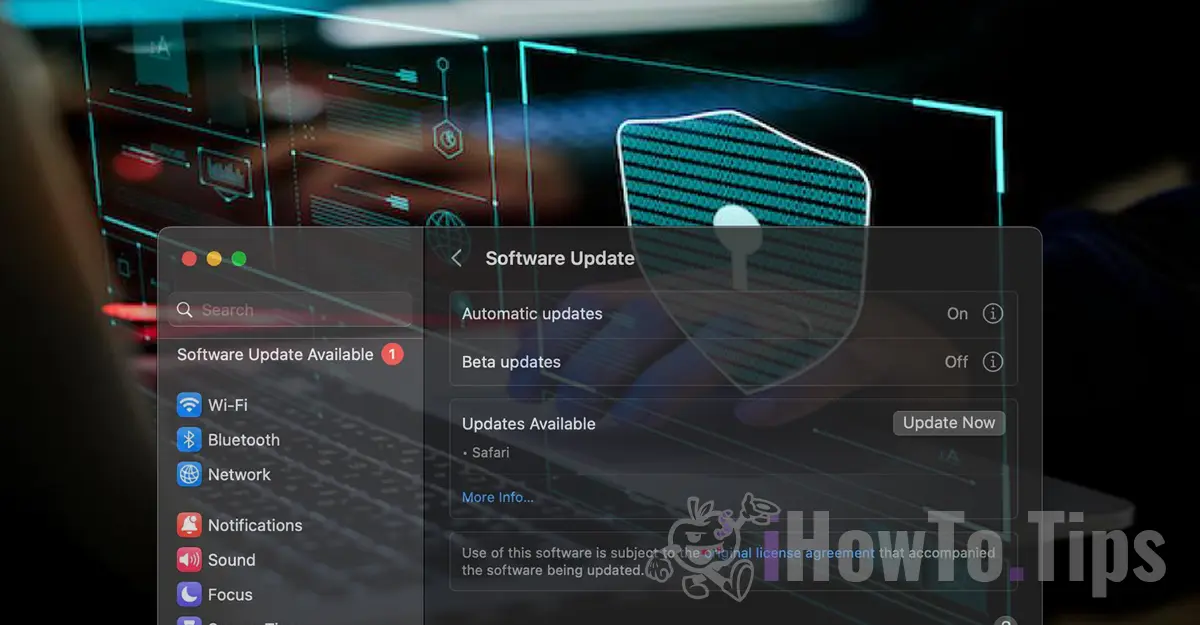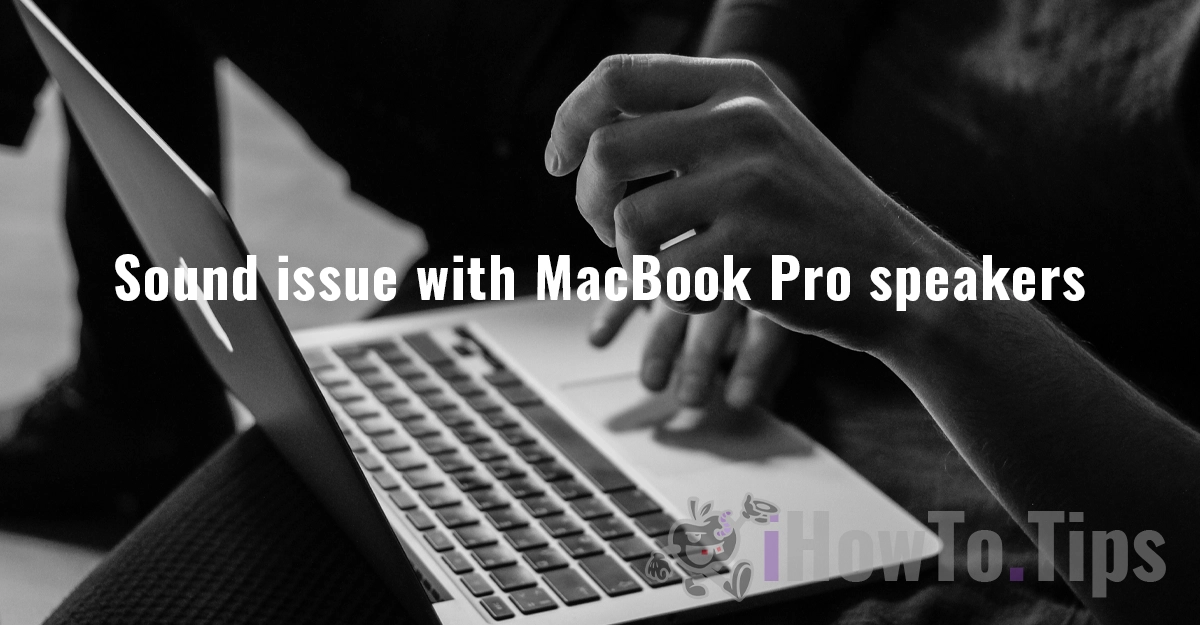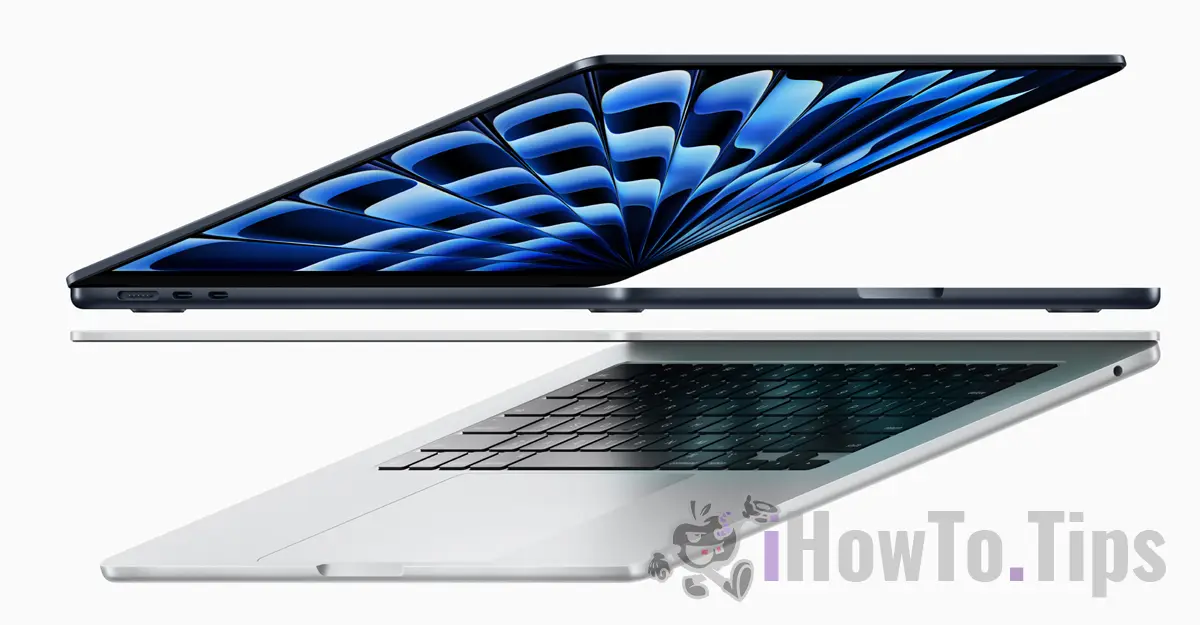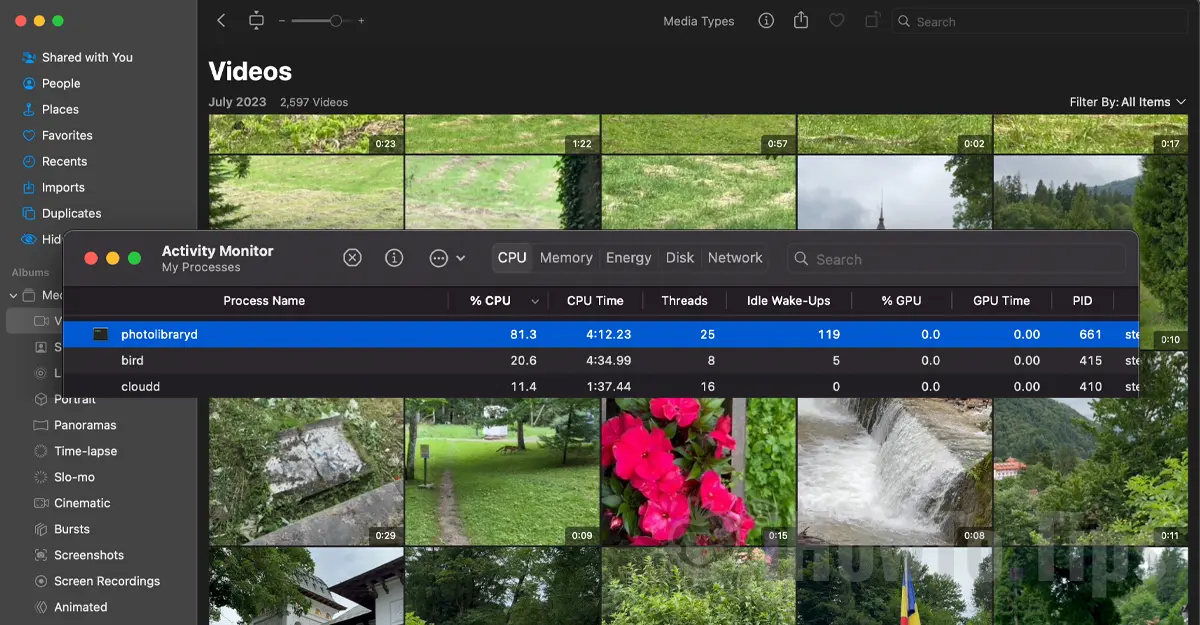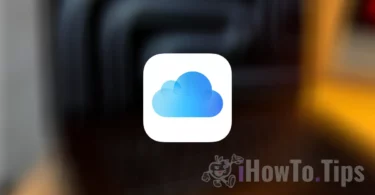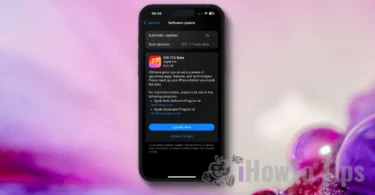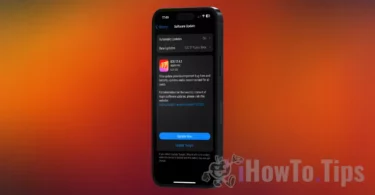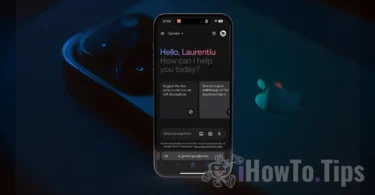Fix system problems of Mac can be solved by resetting SMC (System Management Controller). From Wi-Fi connectivity problems, Bluetooth, to screen brightness and power problems, all can be solved in many cases with a simple SMC reset.
Before we go into detail about Mac problems, iMac or MaBook, which can be solved with the SMC reset, let's see what it is SMC (System Management Controller) and when it is indicated to resort to reset.
Table of Contents
What is a SMC (System Management Controller) and what are the components it controls?
SMC (System Management Controller) is a chip integrated on the motherboard, whose role is to monitor and manage almost all hardware components of a Mac that use electricity. More precisely, the SMC is responsible for everything that means the energy management of the hardware components.
SMC can monitor and manage the adaptation of the screen brightness level depending on the ambient light, cooling fan speed, sound, video display, connectivity, plus other Mac functions.
Reset SMC to fix Mac system problems
By resetting SMC many Mac problems and errors can be solved. However, it is recommended that the reset SMC it must be one of the last options for solving system problems. Before performing an SMC reset, you should try other solutions for fixing system problems Mac.
Let's see what problems and errors can be solved with the reset SMC:
1. Mac power issues: If Mac refuses to turn on or does not charge the battery of a MacBook, reset SMC might solve these problems.
2. Problems with the cooling system (fans): Anomalies may occur in the operation of the cooling system, and these can be solved by resetting SMC. For example, the fans unjustifiably start to spin at maximum speed, or the fans do not increase their speed to avoid overheating the Mac.
3. Screen brightness issues: You can reset SMC when you can no longer control the brightness or when it stops working auto-adjustment of screen brightness, depending on the ambient light.
4. Problems with ports USB: If the ports USB or other ports of Mac works improperly, the problem can be solved.
5. Connectivity issues: When network connection problems occur Wi-Fi or Bluetooth.
6. Keyboard or trackpad errors and problems: When the trackpad no longer responds to touch commands or the illuminated keyboard no longer lights up or does not work in normal parameters, then a reset may be required SMC for fixing Mac system problems.
7. MacBook battery problems: There are many situations when the battery of a MacBook either stops charging correctly, or the status is displayed incorrectly.
8. Problems with video playback: There are situations where when you play a video, it looks distorted or a black screen appears. If this problem is not solved after restarting the system or you cannot find other solutions, reset SMC can also solve this problem of playing video content.
9. Mac sound / audio problems: It happens quite rarely as the sound Mac to no longer hear or to be unable to adjust the volume. Most of the time, these anomalies appear after it has been connected Mac to an external audio output.
10. Problems with mode "Sleep": When Mac refuse to enter or exit mode "sleep” or from hibernation, means that something at the system level is working incorrectly, and resetting the SMC could solve this problem.
These are just 10 of the potential problems that can occur and can be fixed by resetting the SMC.
Next, you will see how you can correctly perform an SMC reset to fix Mac system problems.
How to reset SMC (System Management Controller) on computers Mac or on MacBook laptops
Resetting the SMC is done differently on MacBook laptops, compared to Mac computers, precisely because the latter use wireless keyboards which sometimes could be the exact reason why this method is used. The method also differs depending on the presence of the security chip (Apple T2 Security Chip).
SMC reset on MacBook laptops equipped with a chip Apple T2
1. Close MacBook – Shut down
2. On the MacBook keyboard, press and hold the keys simultaneously for 7 seconds:
- Control, Option (from the left side of the keyboard.
- Shift (from the right side of the keyboard)
The MacBook should start.
3. With the three keys held down, press and hold the Power button until the MacBook shuts down.

4. Hold down the four keys for another 7 seconds, then release them.
5. Wait a few seconds, then turn on the MacBook.
MacBook laptop models equipped with a security chip Apple T2.
MacBook Air (Retina, 13 inch, 2020)
MacBook Air (Retina, 13 inch, 2019)
MacBook Air (Retina, 13 inch, 2018)
MacBook Pro (13 inch, 2020, 2 x Thunderbolt 3)
MacBook Pro (13 inch, 2020, 4 x Thunderbolt 3)
MacBook Pro (16 inch, 2019)
MacBook Pro (13 inch, 2019, 2 x Thunderbolt 3)
MacBook Pro (15 inch, 2019)
MacBook Pro (13 inch, 2019, 4 x Thunderbolt 3)
MacBook Pro (15 inch, 2018)
MacBook Pro (13 inch, 2018, 4 x Thunderbolt 3)
Reset SMC to computers Mac – Apple T2
1. Shut down your Mac. Shut down.
2. Disconnect the power cable.
3. Wait 15 seconds, then connect the power cable.
4. Wait 5 seconds, then press the button Power for Mac startup.
The following models Mac include the security chip Apple T2:
iMac (Retina 5K, 27 inch, 2020)
iMac Pro
Mac Pro (2019)
Mac Pro (Rack, 2019)
Mac mini (2018)
Reset SMC for MacBook laptops without Apple Silicon or face Apple T2
1. Press the keys simultaneously:
- Shift + Option + Control (from the left side of the MacBook keyboard)
2. While holding down the three keys, press and hold the "Power".
3. Hold down the four keys (3 keys + power) for 10 seconds, then release them all at once.
4. Turn on the MacBook.
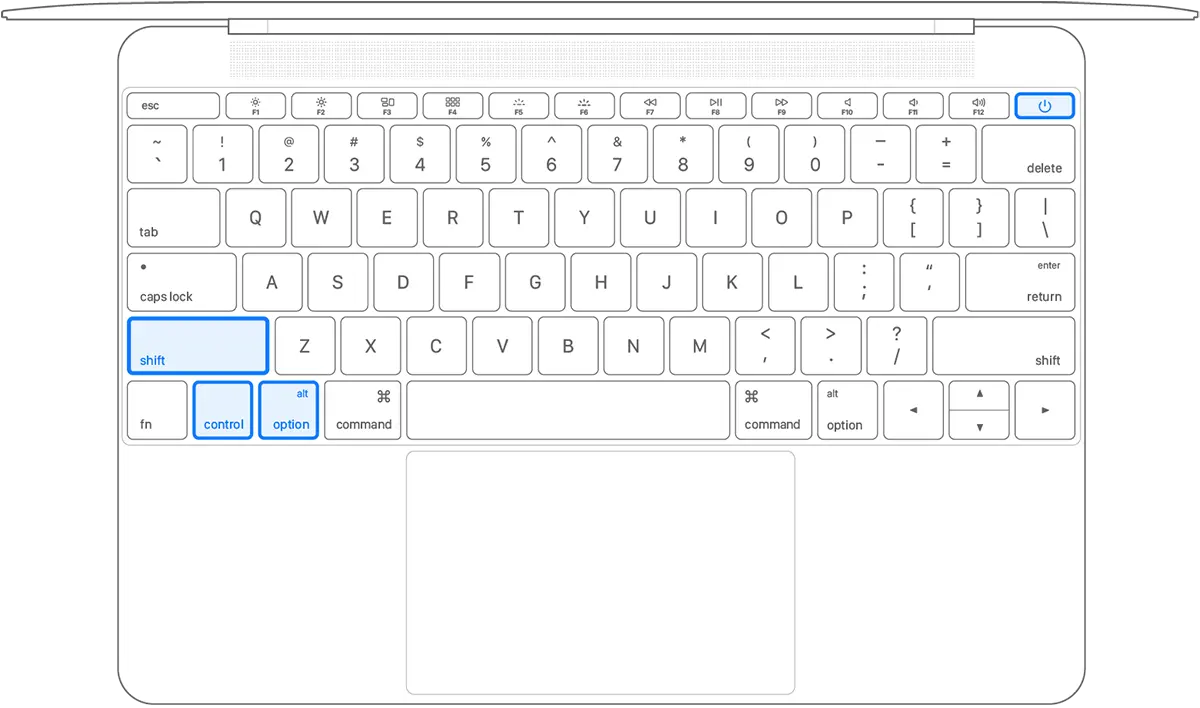
For computers Mac without Apple Silicon or security chip Apple T2, the reset is done in the same way as for those with a chip T2.

